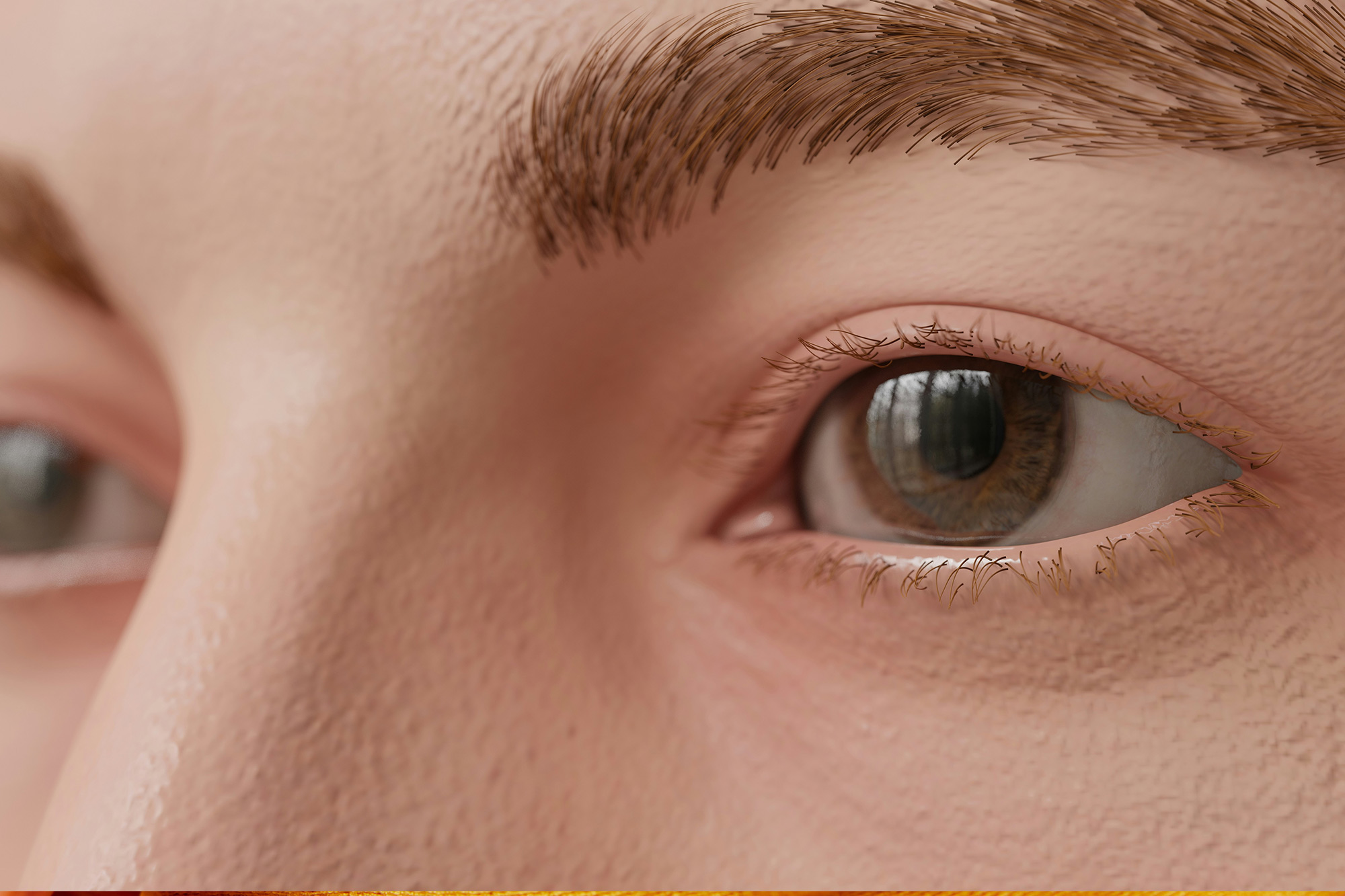
In a nutshell, the risk of untreated cataracts is that, ultimately, you’ll go blind. They’re the leading cause of vision loss in the world, with the World Health Organization estimating around 1 billion people (yep, billion—that’s not a typo) could, if they had access to medical care, have had treatment to prevent this.
Thankfully, in the US this number is much smaller. Cataract surgery is widely available for everyone, with Medicare funding around 3 million operations each year. Other insurances pay for many more, as well as those who self-fund to take advantage of the latest techniques and intraocular lenses (IOLs).
Vision loss from cataracts tends to be gradual, rather than sudden, especially with age-related cataracts, which are the most common. To understand why, we need to have a little more knowledge of what a cataract actually is.
A cataract forms when proteins within the eye clump together and settle on the lens. This occurs very gradually, but over time this buildup prevents the natural passage of light through the eye. As this barrier increases in size and depth, eyesight becomes impaired.
Typical symptoms include:
If the cataract (or cataracts) is allowed to continue to evolve, the passage of light will eventually be impeded enough to prevent most or all of it from reaching the back of the eye. When that happens, the brain no longer receives the messages it needs to give us the power of vision, and irreversible blindness occurs.
The rather scary scenario of going blind is, thankfully, entirely preventable. The optimal time to have a cataract removed is when you become symptomatic, but not so much so that the operation becomes more difficult to perform.
Cataracts usually form over many years—decades, in some cases. As well as preventing light traveling through the eye, they make the lens stiffer. If a cataract is left too long before surgery, it becomes what is known as “hyper-mature”. This means it’s increased in size and density to a stage where it’s not only more difficult to remove, but that it increases the risk of post-op complications.
Another risk of untreated cataracts, or waiting too long before surgery, is that hyper-mature cataracts significantly reduce how well you can see. In turn, this raises other health risks, such as falls and the associated decrease in quality of life. For instance, putting off surgery for too long might mean:
These are just some examples of how important it is to have cataracts treated at the right time.
At the Modern Cataract Surgery Clinic, we understand that while, to us, a cataract operation is all in a day’s work—to you, it’s a once (or twice) in a lifetime event. Having eye surgery isn’t something anyone looks forward to. But the alternative simply isn’t something to consider.
As one of the world’s leading facilities for all things cataract-related, our expert eye surgeons benefit from the very latest clinical training and the ultimate medical facilities. We don’t just perform cataract surgery, we actively work to push the boundaries of knowledge and cataract procedures on the worldwide stage.
That’s why we can often offer cutting-edge new lenses and the very latest techniques way before they become mainstream. Plus, this intimate knowledge in the niche cataract field makes us a globally renowned location for complex and higher-risk cataract surgeries.
Whether you’re worried about vision loss, want to know when to get cataract surgery, or simply want to partner with one of the best experts in the field, we’re here to help.
Discover more at https://www.moderncataractsurgery.com/ and call today to book a consultation.